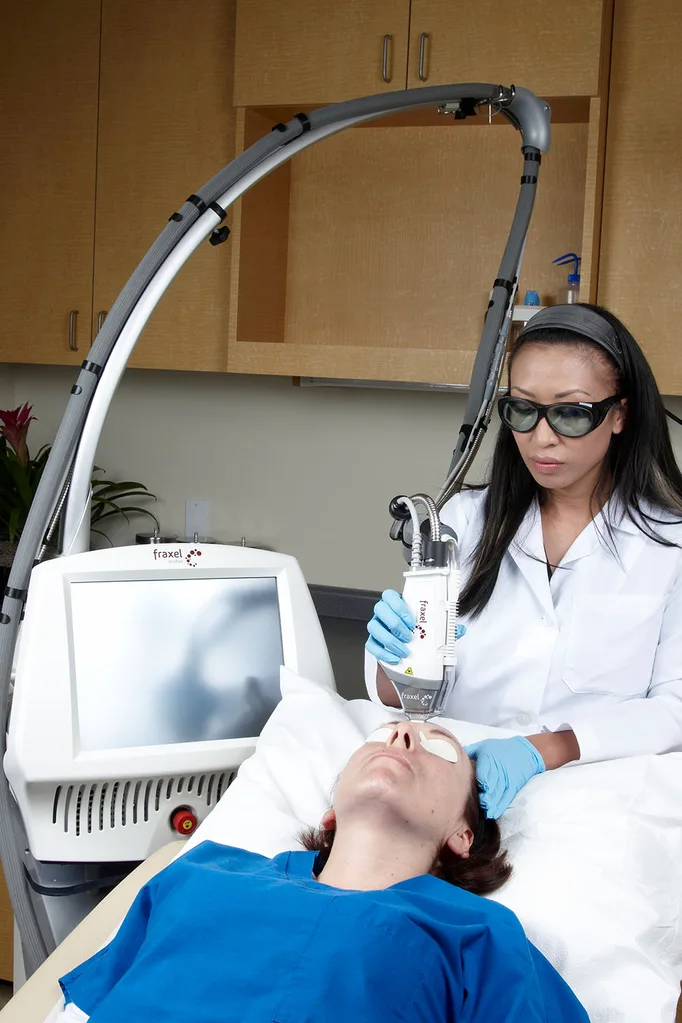It’s no secret that the sun can wreak havoc on our skin.
While the short-term effects of spending too much time in the sun are obvious (namely, a scorching sunburn), sun exposure can have harsh impacts on our skin over time.
In fact, sun exposure is the leading cause of premature ageing in skin. According to the Skin Cancer Foundation, damage to our skin caused by exposure to sunlight and ultraviolet light is responsible for 90 per cent of the visible changes in our skin.
Along with a loss of elasticity and an increase in the appearance of fine lines and wrinkles, signs of sun damage can also include melasma or pigmentation, freckles and texture changes.
While many an Aussie beauty lover wouldn’t dare leave home without the SPF, sometimes, the damage is already starting to show. Here, we look at three ways to minimise (and prevent) the effects the sun can have on our skin.
Protection Is Key
The number one product to keep on hand to prevent further sun damage? Sunscreen, particularly one with a high SPF (at least 30) and broad-spectrum coverage from both UVA and UVB radiation.
As a general rule, apply generously and reapply often. When it comes to the face, use about a teaspoon for the face, neck and ears, as the last step of your skincare routine after moisturiser, and before makeup, at least 20 minutes before stepping outside.

However, it’s not the only line of defense. When the UV index is above three (hint: in Australia, that’s pretty much most days of the year) it’s recommended to use a wide range of sun protection like covering clothing, a hat, sunglasses and seeking out shade in combination with sunscreen.
And remember, sun damage doesn’t just occur when we’re out and about and the sun is shining. Even our commutes to work, driving in a car or sitting by a window can all see our skin face the harsh effects of the sun, so make sunscreen a part of your daily ‘getting ready’ ritual.
Amp Up The Actives
The products we use as part of our beauty routines can also play an important part in preventing, and even counteracting, the signs of sun damage.
Use active ingredients that are proven to fight the likes of pigmentation, dullness and fine lines.
A powerful antioxidant, vitamin C can help combat hyperpigmentation, thanks to its restorative properties that help accelerate collagen and elastin production—two of the proteins most damaged by UV radiation—in the skin.

Products containing niacinamide can also provide a brightening boost, preventing the transfer of pigment with the skin. It also helps fights off internal and external stressors that can lead to the deterioration of skin and helps hydrate and strengthen the skin barrier.
Retinol is another powerful anti-aging skincare ingredient, as it helps promote skin cell turnover, which can help retexturise sun-damaged skin and even out skin tone. As with vitamin C, retinol can also assist in stimulating the production of collagen and elastin. It’s recommended retinol only be used at night, however, and in conjunction with diligent sunscreen use throughout the day.
Treat Yourself
There are also a wide range of in-clinic treatments that can help reduce the appearance of sun damaged skin. Procedures like chemical peels, dermaplaning and micro needling can brighten skin, boost cell turnover and stimulate collagen for radiance-revealing results.

Another option? Consider a skin resurfacing treatment like Fraxel. The gold standard in fractionated laser skin resurfacing (with over 1.5 million treatments completed worldwide) Fraxel can be used on all skin types to address conditions like melasma, actinic keratosis, sun damage and lines and wrinkles.
Using patented fractionated laser technology, Fraxel targets damaged skin with microscopic laser columns that penetrate deep into the skin to stimulate the growth of new skin cell and collagen production to bring fresh, healthy and glowing skin back to the surface.
Be sure to check with your dermatologist or clinician to determine which kind of treatment is best suited for your concerns.
Brought to you by Fraxel.
This product is not available for purchase by the general public. Please consult your practitioner to see if Fraxel is suitable for you.
Distributed in Australia by Solta Medical Australia Pty Ltd ABN 71 652 701 767. Level 2, 12 Help St, Chatswood, NSW 2067, Australia. 1800 251 150. FRX.0026.AU.23










